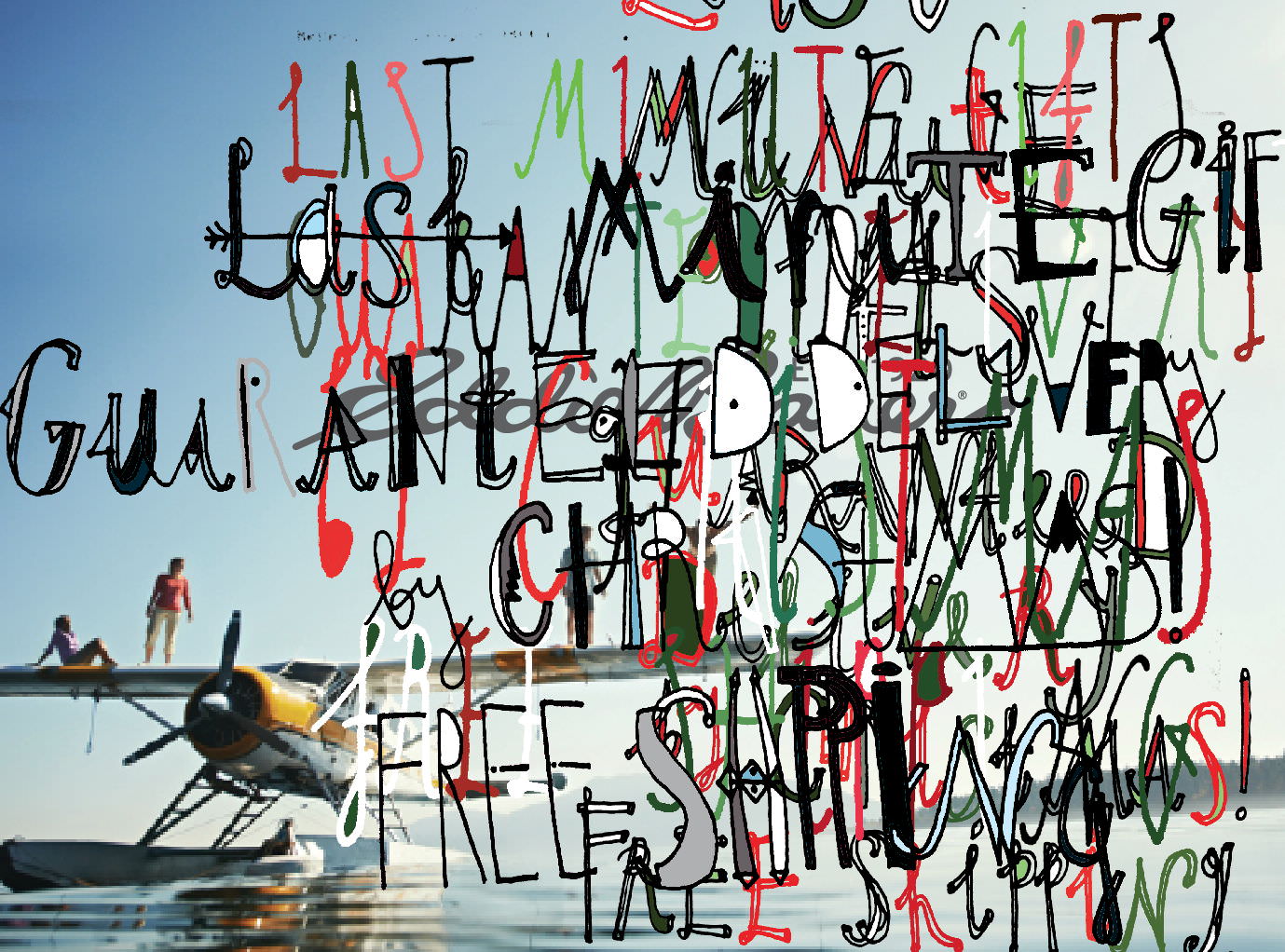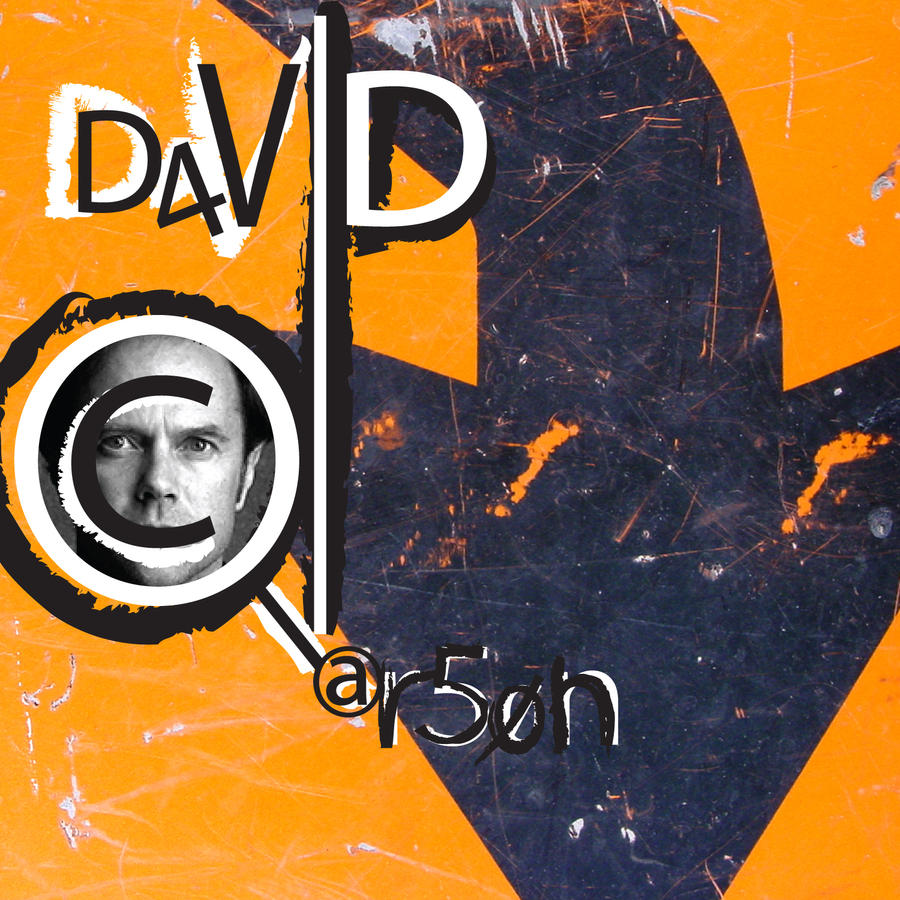ESSAY QUESTION:
TO WHAT EXTENT HAS POST=MODERNISM
IMPACTED GRAPHIC DESIGN?
Essay
structure:
Hypothesis
Many people argue that
post-modernism has had very little, if any impact on Graphic Design practice
since it first broke onto the scene in the 1970s. This movement is highly
topical and has been the focus of much debate for at least 50 years. I aim to
investigate within this essay the degree to which these views are true.
Post-modernism within the realms of graphic art and communication is difficult
to define. This is because post-modernist culture facilitated so much self
expression, exploration and experimentation, resulting in a style that isn't as
instantly 'recognisable' as say an example of highly modernist Bauhaus design.
For me, this is what makes post-modernism so enticing and intriguing as a
movement, ideology and philosophy. It is debated that postmodern style and
culture died out in the early part of the 21st century, leaving us
in a time now which apparently has even less direction and is even harder to
define. I want to examine the idea that post-modernism in fact, never went
away, to see if it is fair to say that we are currently experiencing a
post-post modern era. I aim to investigate the extent to which post-modern
ideologies and philosophies continue to consciously or subconsciously influence
contemporary graphic design practice.
Introduction – explain what post-modernism is in the
broad sense, touching on the wider art world not just graphic design, the
theories, and philosophies, when the term was first coined etc. Why it
happened, what caused it to happen? Why it is difficult to define as a
movement, why some people believed it didn’t exist – begin to bring in the
notion that it never ended and that in fact we are now living in a post-post
modern time – Simulacra and Simulation – Jean Baudrillard – brief description of this theory; it seems
that the genealogy of postmodern art can only be disconnected from the modern
in theory. Theory is not in this sense a culmination but a negation, literally,
an end of art. The extreme postmodern conclusion devised by Baudrillard
introduces the theory of simulacrum. The representational image-sign goes
through four successive historical phrases. He means that the border between
art and reality has utterly vanished as both have collapsed into the universal
simulacrum. This simulacrum is arrived at when the distinction between
representation and reality – between signs and what they refer to in the real
world – breaks down. Reality becomes redundant and we have reached a
hyper-reality, in which images breed incestuously with each other without
reference to reality or meaning. How is it possible to arrive at the
nullification of reality, even in theory, and what is the genealogy of a theory
that leads to such a radical conclusion?
The four main phases: 1) it’s a reflection of a basic reality 2) it
masks and perverts a basic reality 3) it marks the absence of a basic reality
4) it bears no relation to any reality whatever – it is its own pure simulacrum.
Section one – describe the rise of post-modernism and the impact it had graphic design when it first ‘begun’
Section two – describe some of the processes and
ethics surrounding post modernism and compare these to modernist ideologies and
practices – here I can talk a lot about the concept of pastiche and simulacra
Section three – look in depth at a few significant
artists/designers and describe their work in relation to the essay question –
discuss stand alone pieces of work which are distinctly post modern and
describe their significance
Section four – discuss theories of de-realization
and hyper reality – the modern world uses this, therefore movements such as
postmodernism are bound to exist as reactions to the chaos of the modern
Section five – discuss the extent to which
postmodernism came to and end – here you can talk about post internet art and
it’s ongoing presence in the world of art and design – remember to always
contextualise and cross reference modernism, as after all, post modernism is
always a reaction to the modern – is there now a hybrid of modern & post modern?
Section six - explain how we have arrived at current trends in graphic design with specific emphasis on post-internet art
Conclusion - a grand reading of a few key significant pieces of classic post-modern pieces of design and contrast them with contemporary favourites. In the conclusion you can be more opinionated in your tone of voice and really give your opinion on the matter




























